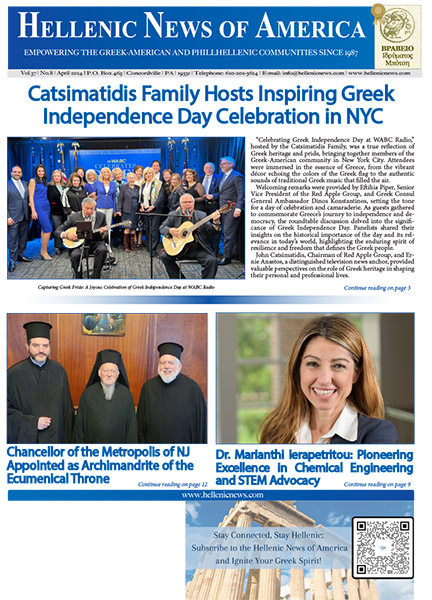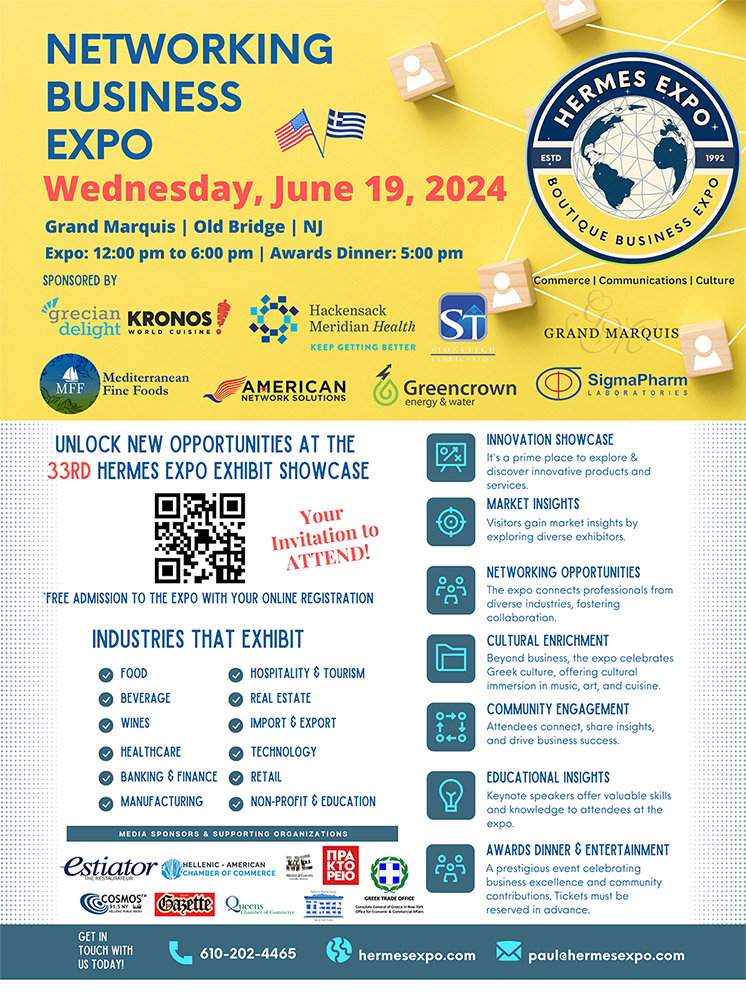Lessons of the Bruised Helmet
By Frank Marangos, D. Min., Ed. D.
“Where that his lords desire him to have borne his bruised helmet and his bended sword before him through the city: he forbids it, being free from vainness and self-glorious pride; Giving full trophy, signal and ostent quite from himself to God.”
– Shakespeare (Henry V: Prologue, Act V)
Are you concerned about the threat of concussion? If you are . . . you are not alone! Apparently, the NFL has been highly vexed about the serious injuries that occur when the brain is agitated or slammed against the skull. In fact, the menace of life-threatening concussions to its football players is deemed so important that it has been the focus of the leagueʼs most earnest inquiry for quite some time.
In order to more effectively manage the rate and severity of concussions, special cameras were deployed in the media box during the recent Super Bowl between the San Francisco 49ers and the Baltimore Ravens. The costly optical devices were devoted to helping coaches, team trainers, and league physicians spot unusual behavior in players such as disorientation, amnesia, and double vision. According to Richard Ellenbogen, co-chairman of the NFLʼs Head, Neck, and Spine Committee, the willingness of players to suffer the intrusion of such video cameras “is a sign of just how concerned they have become about head injuries in recent years.”
Medical statistics indicate that more than 200 concussions occurred in each of the last three NFL football seasons. Several thousand former players, including the family of retired linebacker Junior Seau, who killed himself last year, are in the process of suing the league over head injuries. As litigations mount against owners and helmet manufacturers, the sports worldʼs current concentration on concussions has, understandably, extended from thoughtful caution to acute concern!
The push to monitor the severity of body-slams and head-blows that can cause serious physical and emotional trauma extends far beyond gridiron surveillance strategies to the scrutiny of equestrian, soccer, hockey, and rugby competitions. Following in the footsteps of the U.S. militaryʼs long study of soldiers who can easily sustain brain injuries from head-rattling blasts, the NFL is considering the possibility of placing sensors at 12 helmet locations to record and analyze G-force impacts during football games. Suspicious of lucrative enticements that may blur the need to adjust athletic rules, many advocate the advance of federal legislation, as well as technology, to protect youth, college and professional athletes from the risk of life-threatening concussions.
Whatever tactic is pursued, the desire to combat the incidence of concussion is not limited to athletic or military endeavors. On the contrary, due to ever-changing punitive, political and economic environments, commercial, non-profit, educational, and even religious leaders are all actively endeavoring to make themselves and their respective enterprises “concussion-proof.” Unfortunately, while the need to devise stronger and more advanced brain fortifications for athletes and soldiers is a laudable aspiration, an equivalent desire to shelter and safeguard the administrative, financial, and/or pastoral activities of contemporary leaders might not be as noble!
Unlike the more craven, authentic leaders are not overly concerned with the threat of corporate, collegial, or reputational concussions. While understandably concerned about cognitive overextensions, economic downturns, and potential drought of creativity, authentic trailblazers accept the severe blows that will expectedly strike their personal and administrative competencies. They wisely interpret the menace of such collisions as opportunities to develop the stamina of their expertise, ingenuity, and spirituality!
In Henry V, William Shakespeareʼs famous adaptation of England’s celebrated defeat of France in the Battle of Agincourt, the author provides a regal account of one of historyʼs most authentic sovereign leaders. Fought nearly 600 years ago (October 25, 1415), this most amazing literary composition memorializes Englandʼs lop-sided military victory over a larger and better-equipped French army.
Shakespeare provides his classic elegiac texture to the historical encounter. On the night before the battle, fearful of the more skillful force that awaited them, the playwright skillfully describes the somber mood of the English campsite. In anticipation of their impending early-morning death, Shakespeareʼs narrative depicts genuflecting soldiers prayerfully offering definitive confessions. The overconfident French knights, on the other hand, are described as gambling for the rights to future prisoners and preparing a dray on which to haul a humiliated King Henry through the streets of Paris. However, when the sun finally rose over the small French village of Agincourt, the French army had unexpectedly lost a crushing battle.
What could possibly explain this stunning outcome? Shakespeare’s unabashed answer is the God-centered, courageous leadership of King Henry V who, unlike the sidelined political and military leaders of his time that were protected by praetorian rearguards, Henry fought shoulder to shoulder with his out-numbered soldiers. It was, presumably, during this heated clash, that an enemy combatant struck the valiant king so hard in the head, that his metal helmet was severely dented.
In the Prologue of the final Act of Henry V, Shakespeare memorably describes the heartfelt desire of the English citizenry to see the “bruised helmet” of their conquering King carried through the city. In fact, as was the custom of ancient Caesars, the Duke of York encourages King Henry to allow his dented helmet and armaments to be displayed as symbols of England’s miraculous victory on his return from battle.
In Shakespeare’s passionate drama, however, King Henry refuses the Dukeʼs inveigles. He ardently rejects cajoles that would detract from expressing glory to God, to whom Henry attributes the victory. Consequently, while all of London applauds his combat-based concussion, the modest king does not permit his helmet, dented from terrible ax blows at Agincourt, to be openly displayed. Rather, upon entering London, Henry unpretentiously marches directly to the cityʼs cathedral and expresses gratitude to God for his nation’s extraordinary triumph. As a memorial to his humble faith, gallantry, and courageous leadership, King Henryʼs “bruised helmet” still hangs above his tomb at Westminster Abbey.
Contemporary leaders can learn a great deal from the Battle of Agincourt. More specifically, the account of King Henryʼs “bruised helmet” beautifully illustrates how the concussions of one’s career can actually be absorbed as concentrated catalysts of spiritual awakenings. Understood in this fashion, life’s dents and contusions are the very drivers that often force the talented, powerful and resourceful to the knees of prayer, repentance and humble transformation. Like King Henry, true and faithful leaders are, consequently, not averse to receiving the inevitable concussions from their respective responsibilities if, such torrential ego-blows guide to greater entrepreneurial durability, faith, and wisdom. In fact, the emblematic title of CEO can easily be readapted to designate the identity of the “Concussioned” Executive Officer.
Though reticent to admit, leaders of all stripes have undeniably experienced the force of the “bruised helmet” – occasions of dented decisions, failure, and pride – sometime in their careers. Unlike their gridiron counterparts, however, “concussioned” leaders do not employ cameras and sensors to warn them of impending whacks to their pride and reputations. On the contrary, they use occasions of conflict, rout, and collision as opportunities for developing humility, refining reputational expertise, and enlarging the scope of their cognitive vision. Retrospectively, such leaders frequently interpret such concussions as serendipitous moments that actually define their entire lifeʼs true significance!
The following is a partial list of characteristics that distinguish a “Bruised Helmet” Leader. Understood as a whole, they portray a leader who is willing to accept his/her share of significant “concussions” received within acceptable tolerance levels of risk.
Characteristics of a Bruised Helmet Leader
Avoids leading from the rear, sideline or safety of the corner office
Encourages regular 360 Degree Evaluations of his/her leadership
Remains accessible to peers, employees, and/or constituents
Relies on rigorous critique from colleagues, mentors, and advisors
Celebrates the achievement and success of others
Willing to serve rather than be served
Accepts responsibility for all mistakes
Defends the reputation of others
Leads by example
Trusts God
Leadership inherently includes many hazardous activities. Being tolerant of risk, however, doesn’t mean unchecked idiocy. While prudently mitigating potential perils, “Bruised Helmet” leaders accept the challenges associated with the authority of their respective influence. Understanding the demands of their role, they fearlessly accept the frequency of having their helmets – or their egos – regularly bruised. Perhaps Jesus said it best when he eloquently reminded prospective adherents that “following” Him would require the concussions of continual “cross-bearing” (Luke 9:23). Such were the deadly blows that Saint Paul likewise insists produce endurance, character, hope, strength, and honor (Romans 5: 3-5).
It would be a tragedy if societyʼs current concern of concussion resulted in a decline in military valor, athletic achievement, entrepreneurial creativity, and/or pastoral sacrifice, as risk is an inherent consequence of every honorable aspiration. Like Shakespeareʼs courageous yet modest King Henry V, the contemporary CEO, athlete, soldier, and religious leader must be willing to receive their respective share of concussions, always cognizant that, within appropriate levels of physical as well as emotional tolerance, such bruising aids in the development of stable and honorable personalities.
Shakespeare rightly presents King Henry V as the “mirror of all Christian kings” (II.Cho.6) as his piety, courage, and wisdom demonstrate the willingness to receive blows for country, family, neighbor, and God. These, in the end, are the most important lessons of the “bruised helmet.”





